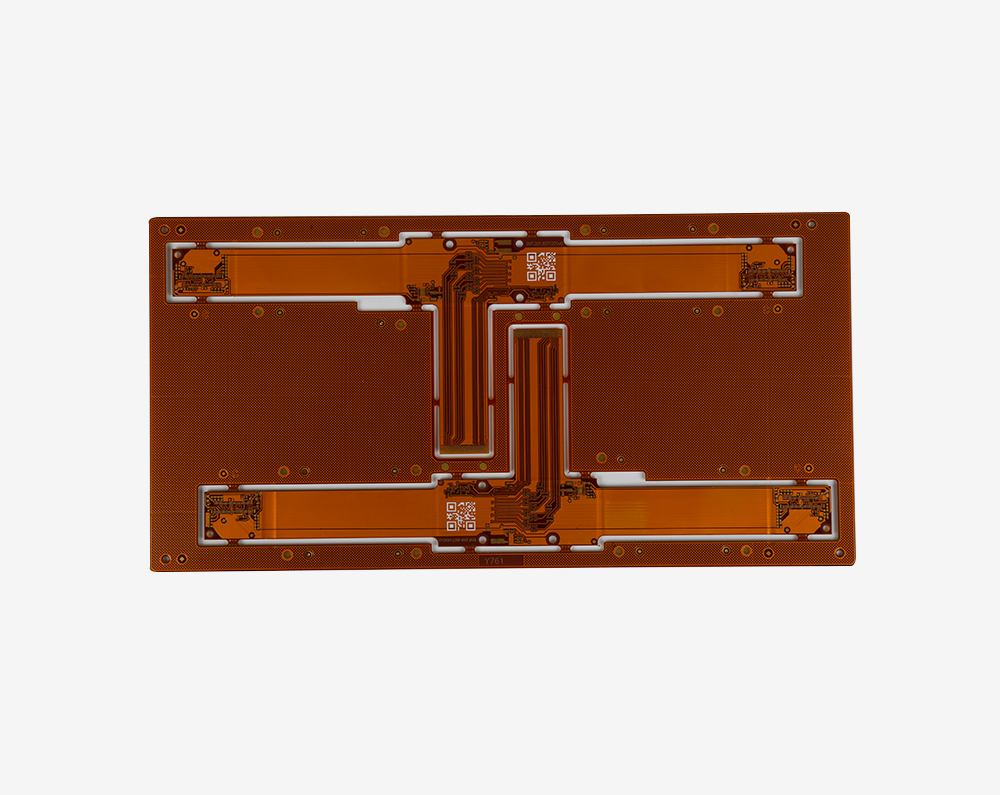Time:2023-07-18Views:
Double layer circuit board refers to a circuit board with copper on both sides and metallized holes, which means there is copper on both sides and copper inside the holes. For both sides of the circuit board, copper in the holes is particularly important because the earliest and most difficult thing is copper in the holes (how to have copper on the wall of the hole without copper), which is the most important basis for distinguishing between double-sided and single-sided. However, a fake double panel only has copper on both sides, but there is no copper in the holes, so it is said that there is no copper in the holes, But a circuit board with copper on both sides, called a fake double-sided board, looks like a double-sided board, but there is a difference between it and a double-sided board. A double-layer circuit board has wiring on both sides, but to use wires on both sides, it is necessary to have appropriate circuit connections between the two sides. The "bridge" between these circuits is called a guide hole. A guide hole is a small hole filled or coated with metal on a PCB that can be connected to wires on both sides. Because the area of the double-sided board is twice that of a single panel, the double panel solves the difficulty of staggered wiring in a single panel (which can be connected to the other side through holes), making it more suitable for use in more complex circuits than a single panel.
1. Prepare circuit schematic diagram 2. Create a new PCB file and load it into the component packaging library 3. Plan the circuit board 4. Load the network table and components 5. Automatic layout of components 6. Layout adjustment 7. Network density analysis 8. Wiring rule setting 9. Automatic wiring 10. Manually adjust wiring


